Search
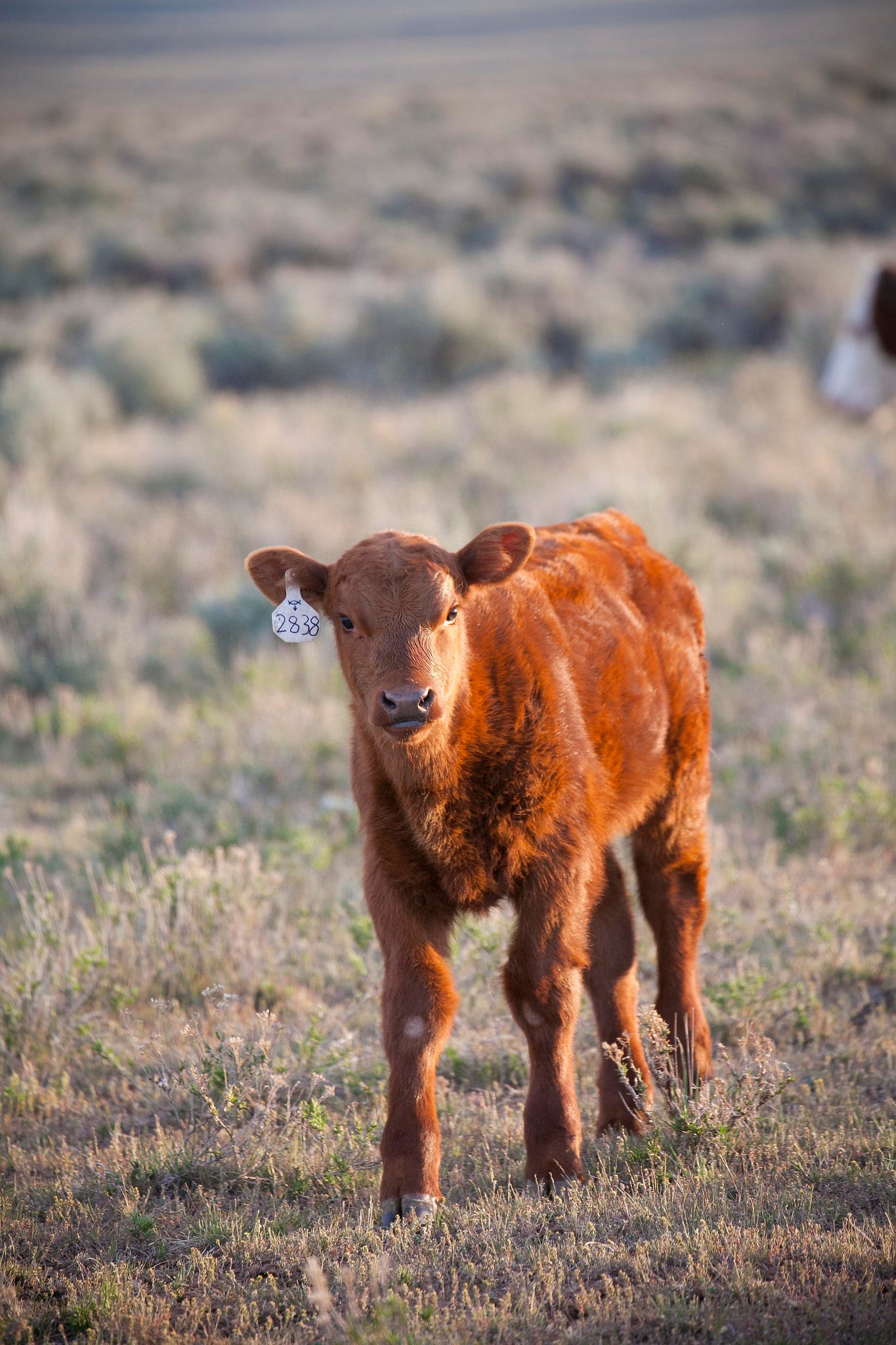
Fall Calving Cows: Management and Breeding Decisions
As producers with spring calving herds are completing weaning and moving cows to winter range, fall calving herds are gearing up for the next breeding season.
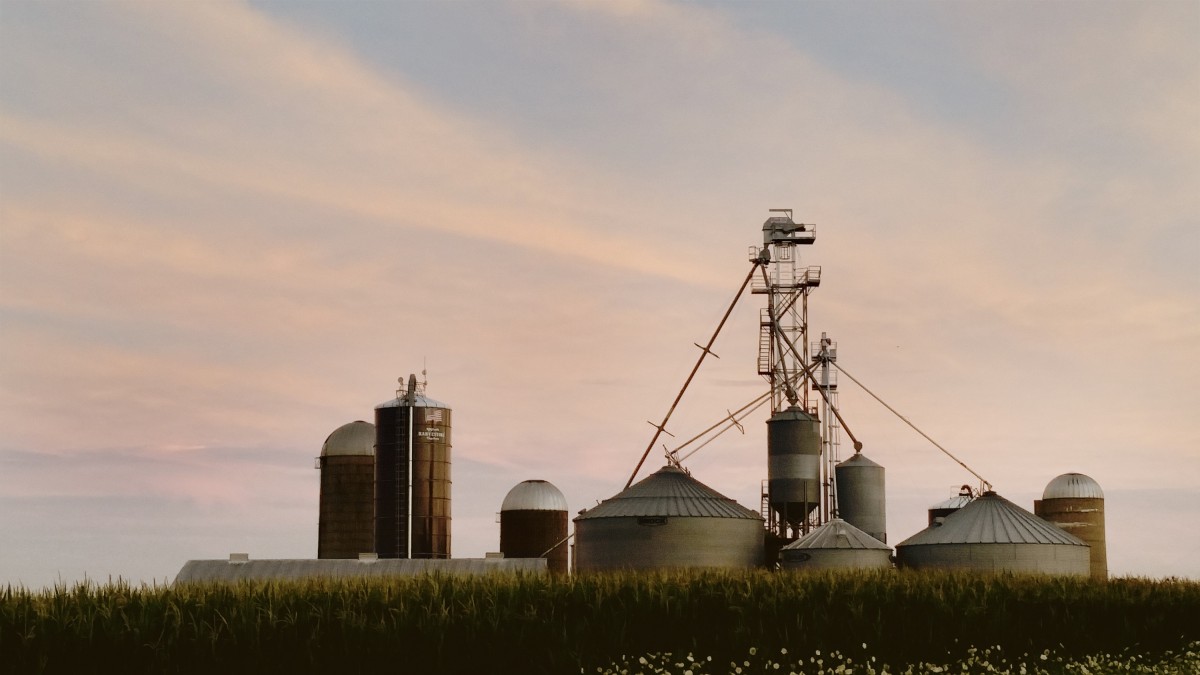
Marketing Mindset Change
Marketing for profit may not seem new to producers, but the way they look at their marketing plans should be.
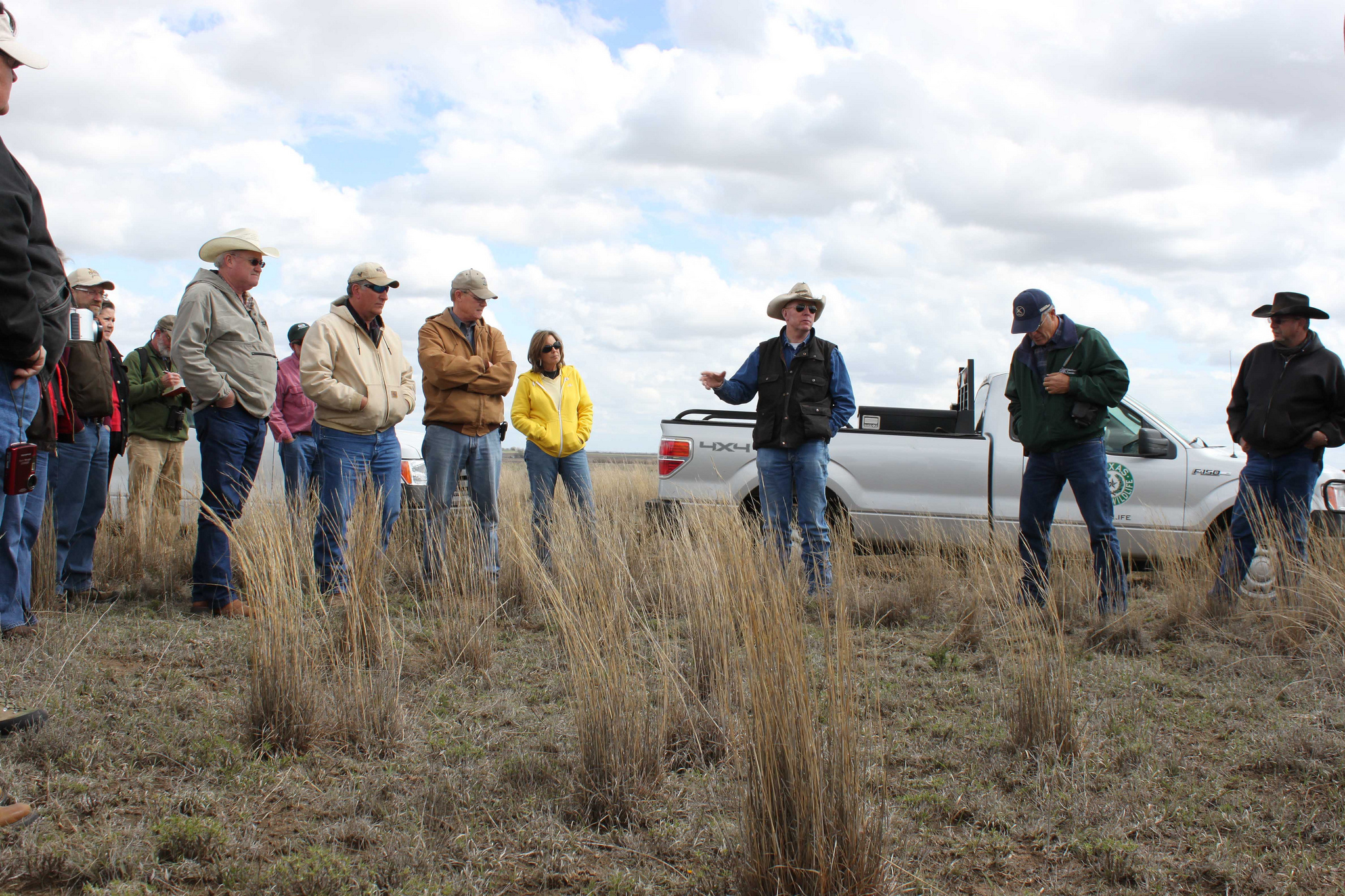
Strategic and Scenario Planning in Ranching: Managing Risk in Dynamic Times
A changing marketplace, price volatility, labor availability, record high feeder calf prices, the effects of the ethanol industry: How will your ranch operation adapt?

Monthly Cattle Prices and Basis Levels
Effective marketing and risk management techniques often rely on sound benchmarks. Those marketing cattle need reasonable metrics to evaluate received and expected prices.

Register now for fall series of SDSU Extension Annie’s Project in Britton
September 20, 2023
Women in agriculture have another chance to take part in the South Dakota State University Extension Annie’s Project for women in agriculture.
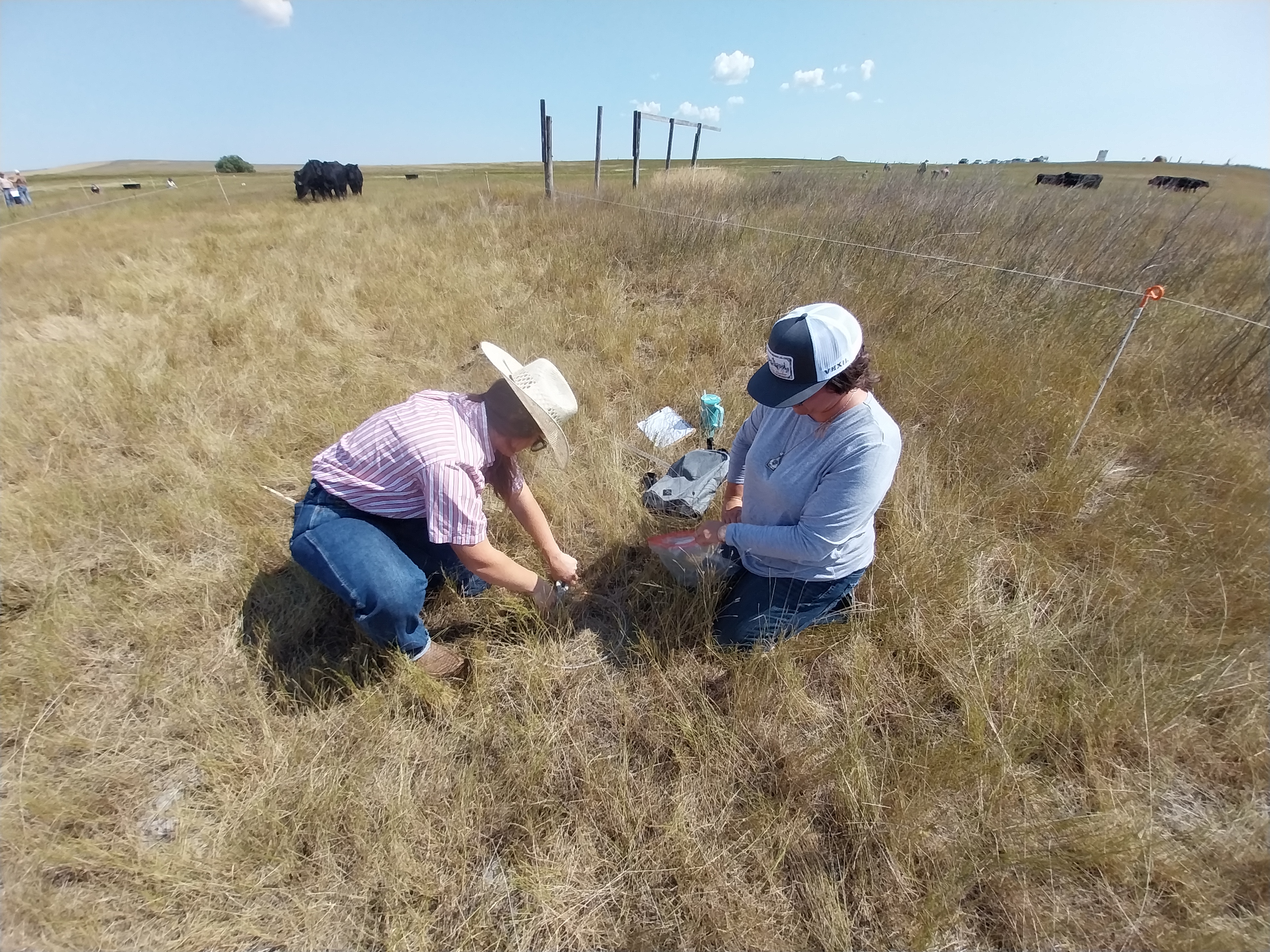
Register now for SDSU Extension Annie’s Project in Eagle Butte
September 04, 2024
Annie’s Project is designed to empower women in agriculture through education, networking and resources. Robin Salverson, SDSU Extension Cow/Calf Field Specialist, said the program helps women build the confidence to become more involved in their family’s agricultural enterprises.
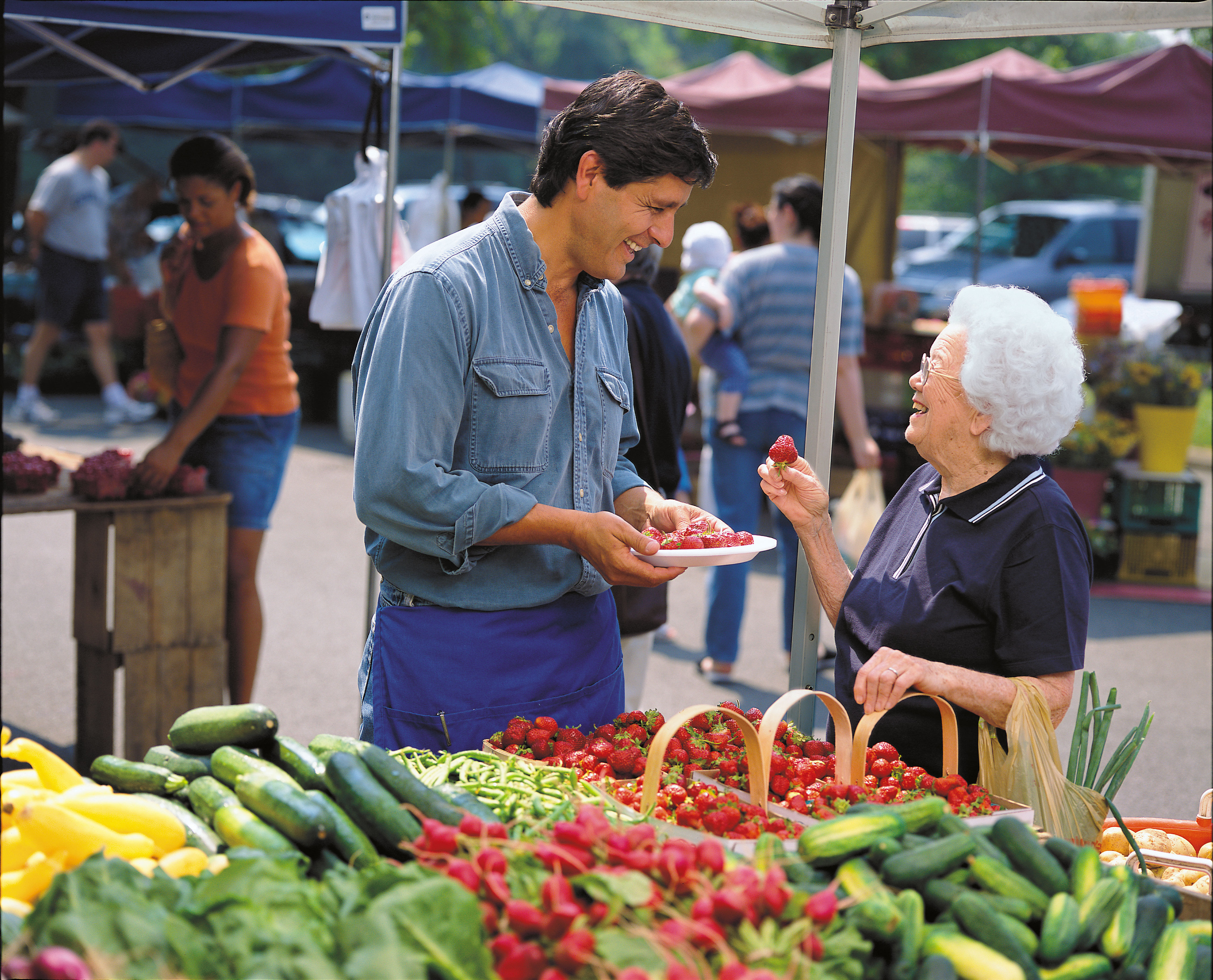
Food Safety from Production to the Farmers Market
Food safety is an important issue at farmers markets. Customers expect the food and products they purchase to be grown and handled so that they will be safe to consume. Vendors have a responsibility to grow and handle food using good food safety practices.
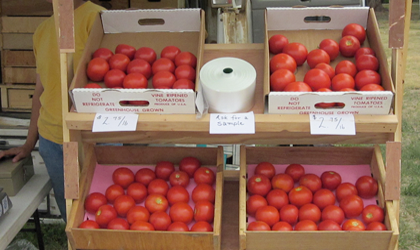
Farmers Market Food Safety: Health & Hygiene
Health, hygiene and hand washing apply to all stages of production, processing and marketing. Ill food handlers can easily contaminate fresh produce with disease-causing microorganisms. Many of these organisms have the capability to survive on fresh fruits and vegetables for an extended time, from several days to weeks. Once the organism is established on fresh produce, it is very hard to remove.
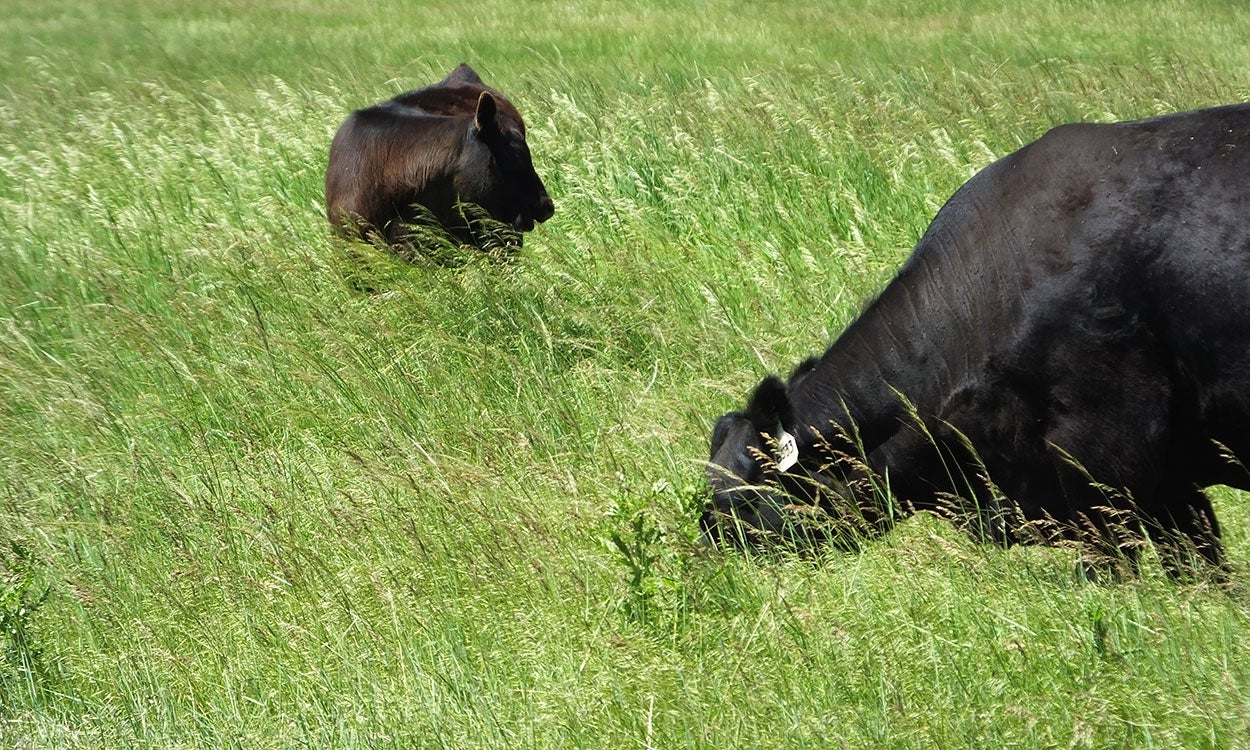
Grass-Fed Beef: Understanding Terminology in Conventionally Raised Beef and Grass-Fed Beef
What makes grass-fed beef different from conventionally raised beef? This is perhaps the most-common and sometimes most-complex question that arises amongst those hoping to understand the similarities and differences between conventional and grass-fed beef.
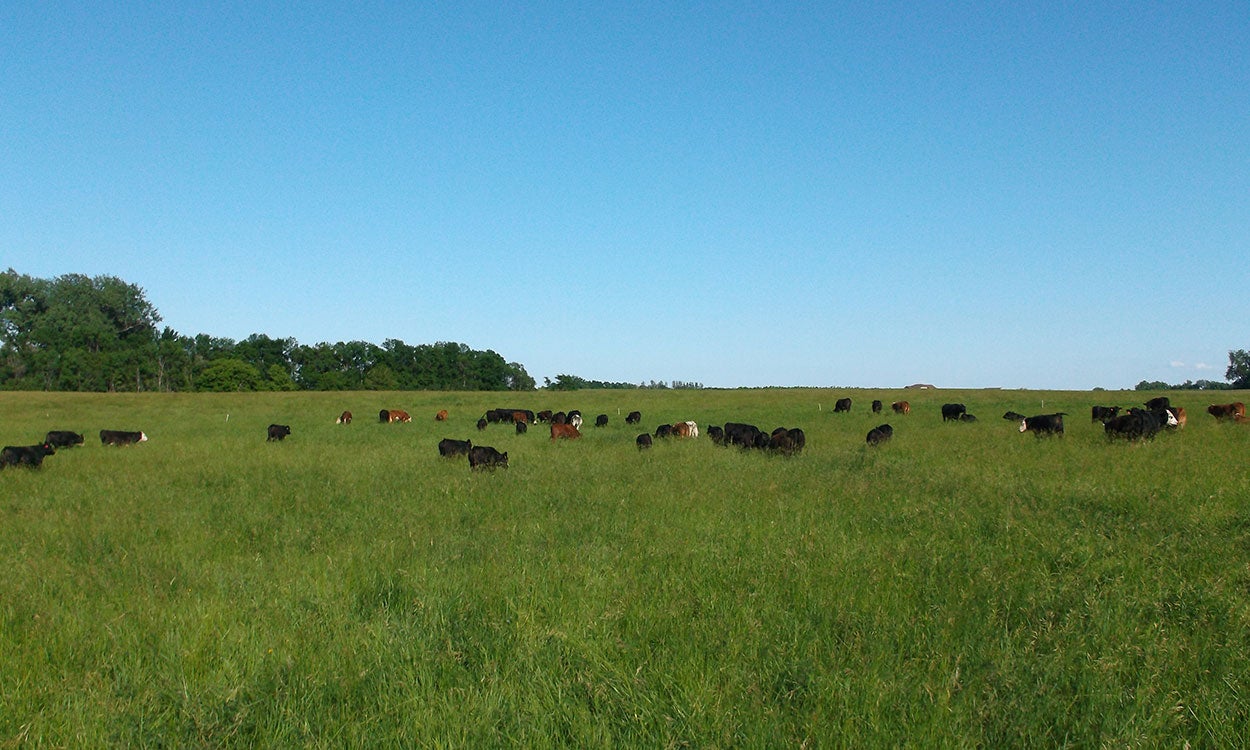
Grass-Fed Beef: Market Share of Grass-Fed Beef
So, how significant is the grass-fed beef industry in America? About four percent of U.S. beef retail and food service sales is comprised by grass-fed beef with a value of roughly $4 billion.